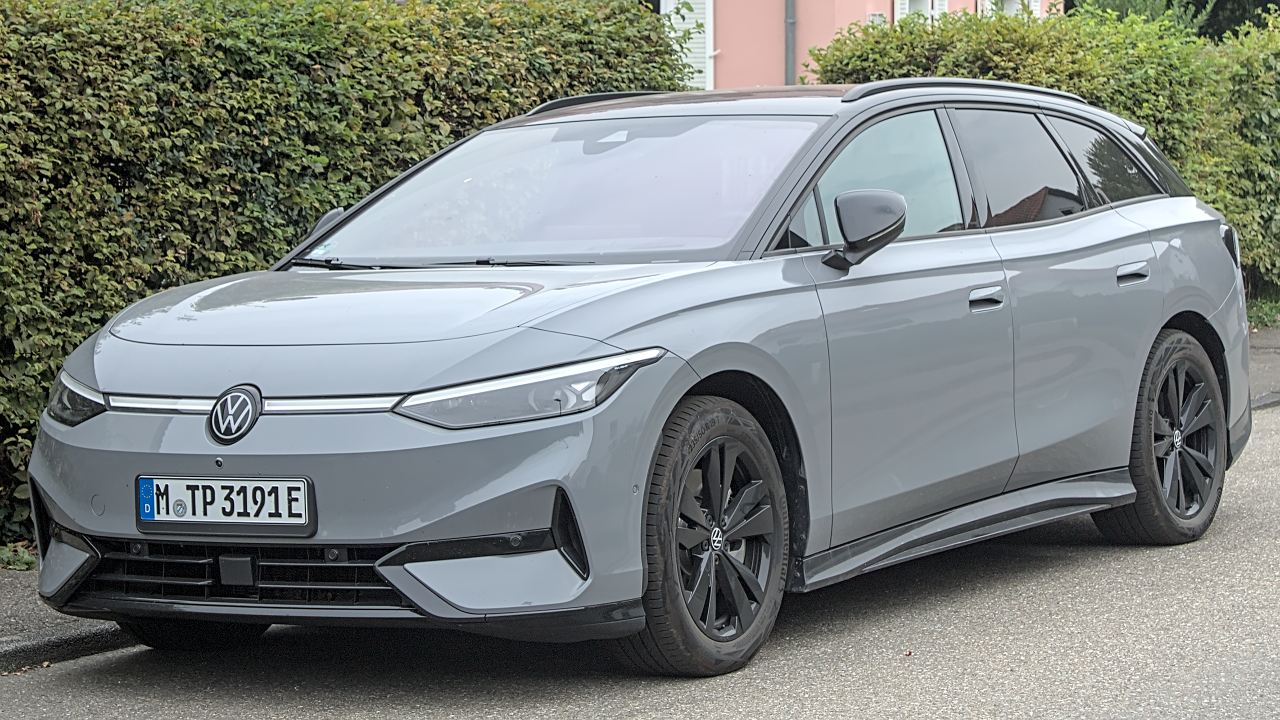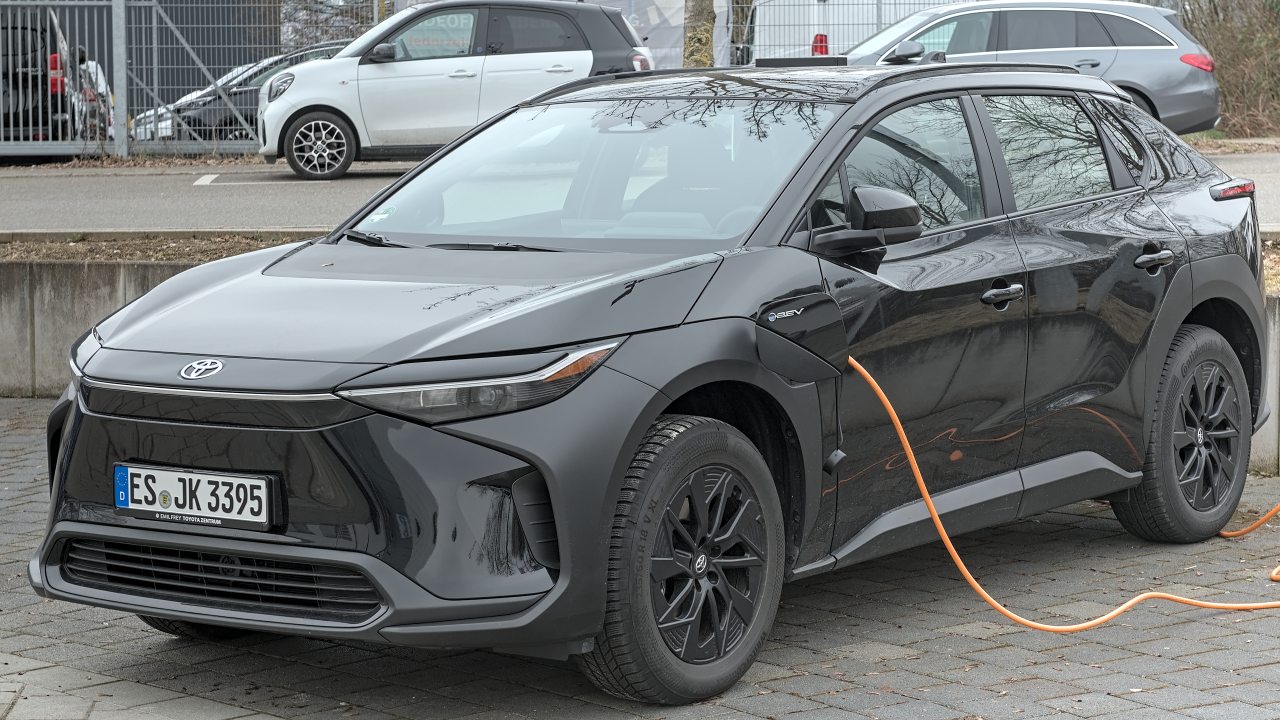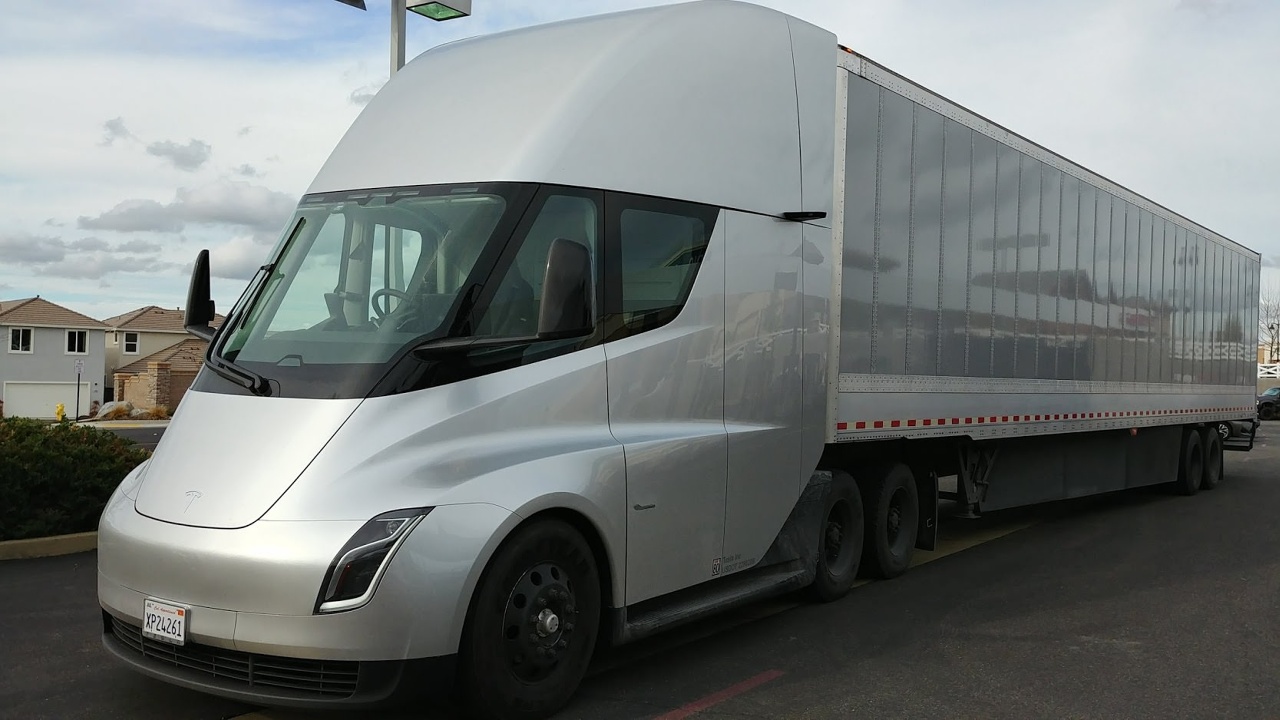The global automotive industry is undergoing a transformative shift as countries and manufacturers commit to EV-only lineups. This movement is driven by environmental concerns, technological advancements, and changing consumer preferences. As the world gears up for an electrified future, the implications for economies, infrastructure, and daily life are profound.
The Driving Forces Behind the EV Transition

Environmental regulations are at the forefront of the shift toward electric vehicles (EVs). Countries around the world are implementing stringent policies to curb emissions, a reflection of the growing urgency to combat climate change. The Paris Agreement, for instance, has set a global framework for reducing greenhouse gas emissions, prompting nations to set ambitious targets. In turn, consumer behavior is shifting as people become more environmentally conscious, demanding cleaner alternatives to traditional internal combustion engine (ICE) vehicles.
Technological advancements are equally pivotal in the EV transition. Breakthroughs in battery technology, such as improvements in lithium-ion batteries and the development of solid-state batteries, are increasing the energy density and reducing the cost of EVs. This progress makes EVs more accessible to a broader audience. Additionally, the integration of automation and AI in vehicles is enhancing their efficiency and appeal. Features like Tesla’s Autopilot and GM’s Super Cruise are pushing the boundaries of what EVs can offer, making them not just a sustainable choice but also a technologically superior one.
Economic and market dynamics further accelerate this transition. The cost of producing EVs is decreasing as battery prices fall, a trend that BloombergNEF predicts will continue, with EVs becoming cheaper than ICE vehicles by the mid-2020s. This is reshaping the competitive landscape, with companies like Tesla leading the charge, while traditional automakers such as Ford and Volkswagen are ramping up their EV portfolios to stay competitive. The race to dominate the EV market is intensifying, driving innovation and investment across the industry.
Government Policies and Incentives

Government policies and incentives play a critical role in the EV transition. Several countries have set firm deadlines to phase out ICE vehicles, with the United Kingdom aiming for 2030 and Norway targeting 2025. These mandates compel automakers to accelerate their EV strategies, aligning their production timelines with national objectives. The pressure from such legislation is significant, prompting manufacturers to invest heavily in EV development and infrastructure.
Financial incentives are another crucial factor in promoting EV adoption. Many governments offer tax credits and rebates to reduce the purchase price of EVs, making them more attractive to consumers. In the United States, for example, buyers can benefit from federal tax credits of up to $7,500, depending on the model and manufacturer. These incentives also extend to manufacturers, who receive support for developing EV infrastructure, such as charging stations. Government spending in this area is essential to overcome the current shortcomings in charging networks, ensuring that EVs are a viable option for all.
Challenges and Obstacles

Despite the momentum, several challenges hinder the widespread adoption of EVs. A significant obstacle is the lack of comprehensive charging infrastructure. Although progress is being made, with companies like ChargePoint and Electrify America expanding their networks, many regions still suffer from inadequate coverage. This gap poses a barrier to potential EV buyers who worry about the availability and accessibility of charging stations, especially in rural areas.
Supply chain and resource limitations are also pressing concerns. The production of EV batteries relies heavily on rare minerals like lithium, cobalt, and nickel, raising geopolitical issues and environmental concerns related to mining practices. To address these challenges, automakers and governments are exploring sustainable sourcing and recycling initiatives. Companies like Redwood Materials are pioneering battery recycling efforts, aiming to reduce dependency on raw materials and minimize environmental impact.
Consumer hesitation remains another hurdle. Issues such as range anxiety and unfamiliarity with the technology deter some buyers. Addressing these concerns requires robust consumer education and awareness campaigns. Automakers and governments must work together to highlight the benefits of EVs, from lower long-term costs to environmental advantages, to build consumer confidence and drive market penetration.
The Future Landscape of the Automotive Industry

The automotive industry is undergoing a significant transformation as traditional automakers adapt to the rising demand for EVs. Companies like General Motors and Toyota are investing heavily in EV technology, announcing plans to electrify their entire lineups over the next decade. These legacy manufacturers are also forming strategic partnerships and collaborations with tech companies and startups to accelerate their EV initiatives.
Simultaneously, new players are emerging in the automotive landscape, bringing fresh perspectives and innovations. Startups like Rivian and Lucid Motors are gaining traction, offering unique models that challenge conventional automotive design. Tech giants such as Apple and Google are also exploring entry into the market, potentially disrupting traditional business models with their expertise in software and user experience.
Long-term Implications and Opportunities

The shift to EVs offers significant environmental and health benefits. By reducing reliance on fossil fuels, EVs contribute to lower air pollution and greenhouse gas emissions. This transition is expected to lead to improved air quality, particularly in urban areas, resulting in significant health benefits for populations worldwide. The move toward cleaner transportation options is not only an environmental imperative but also a public health priority.
Economically, the EV sector presents new opportunities for job creation and industry growth. As the demand for EVs increases, so does the need for skilled workers in manufacturing, maintenance, and infrastructure development. This shift necessitates workforce retraining and presents challenges in transitioning employees from traditional automotive roles to positions within the EV industry. However, it also offers the potential for innovation and economic revitalization in regions that embrace the change.
On a societal level, the adoption of EVs could significantly influence urban planning and public transportation systems. Cities may need to redesign infrastructure to accommodate the unique needs of EVs, such as charging stations and battery-swapping facilities. Additionally, as EVs become more prevalent, they could reshape consumer habits and commuting patterns, fostering a shift toward more sustainable and efficient modes of transportation.
Like Fast Lane Only’s content? Be sure to follow us.
Here’s more from us:
*Created with AI assistance and editor review.







Leave a Reply